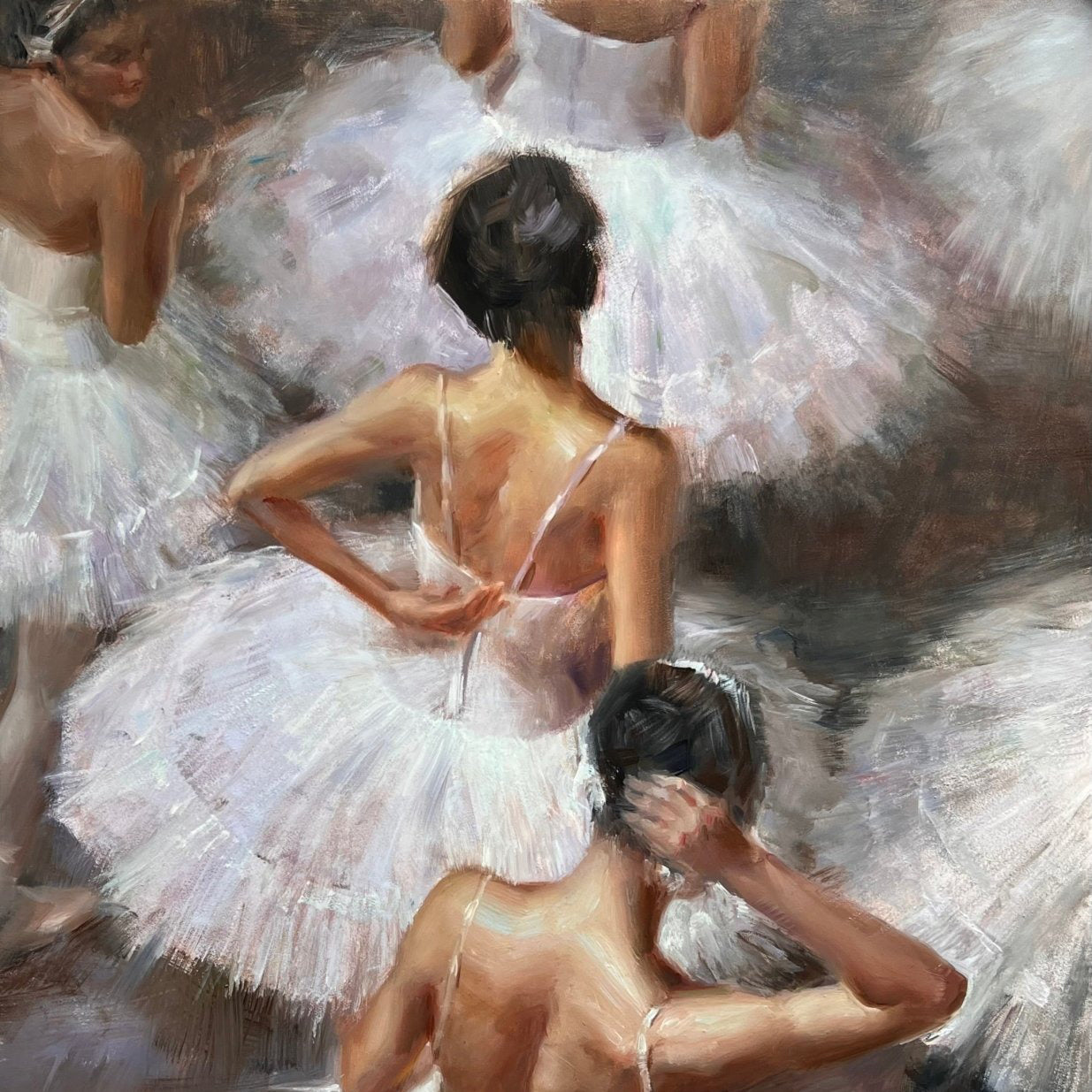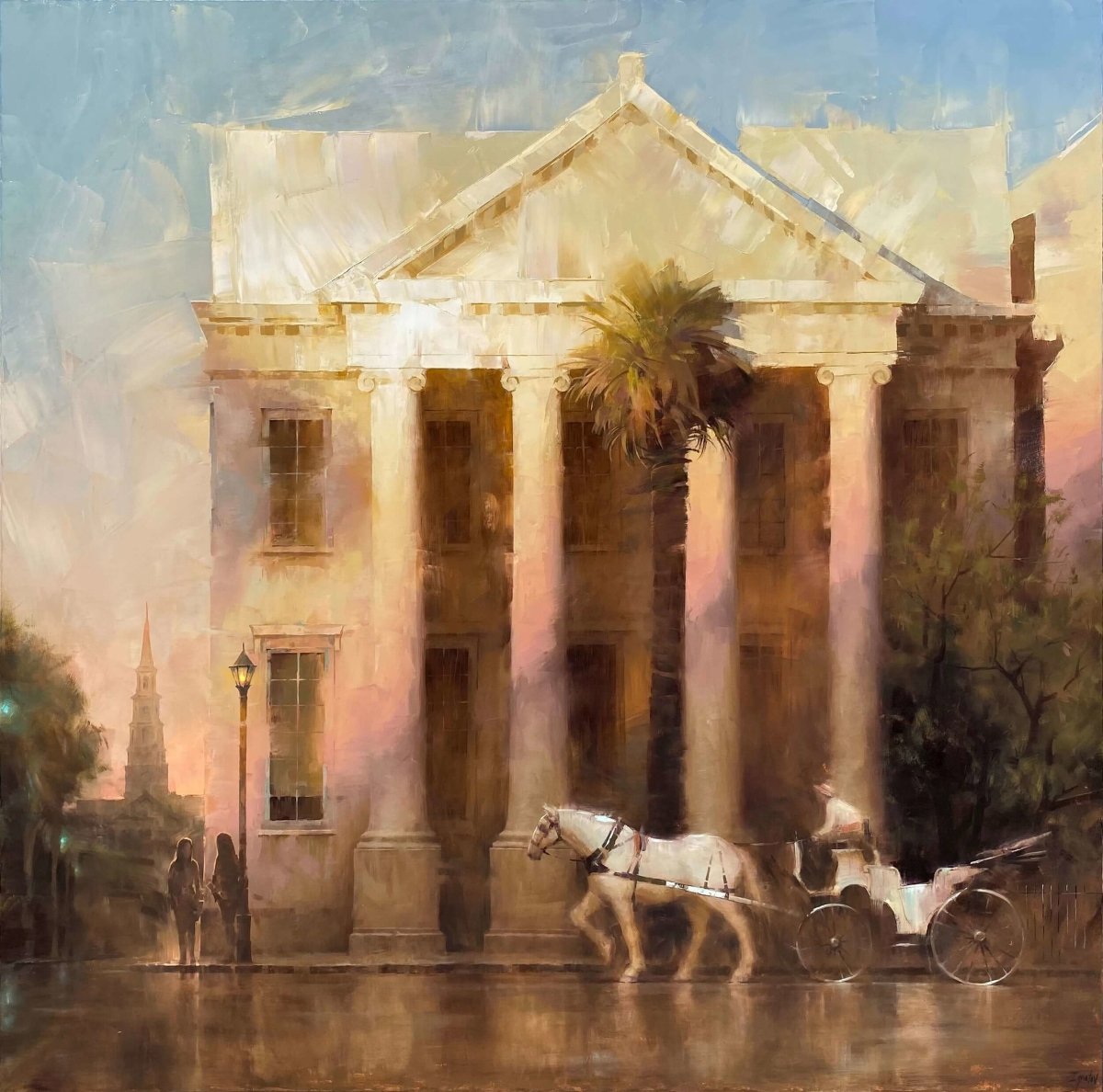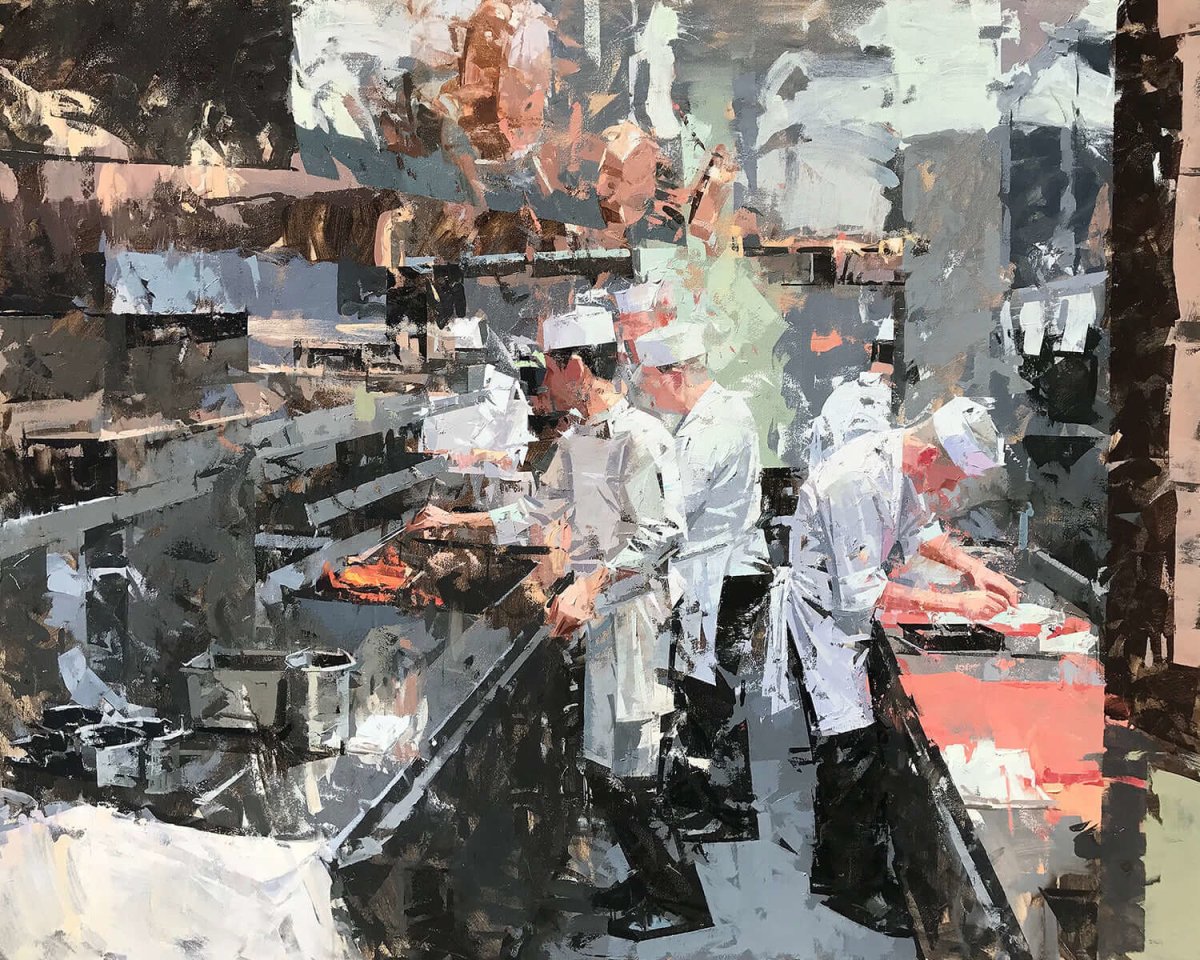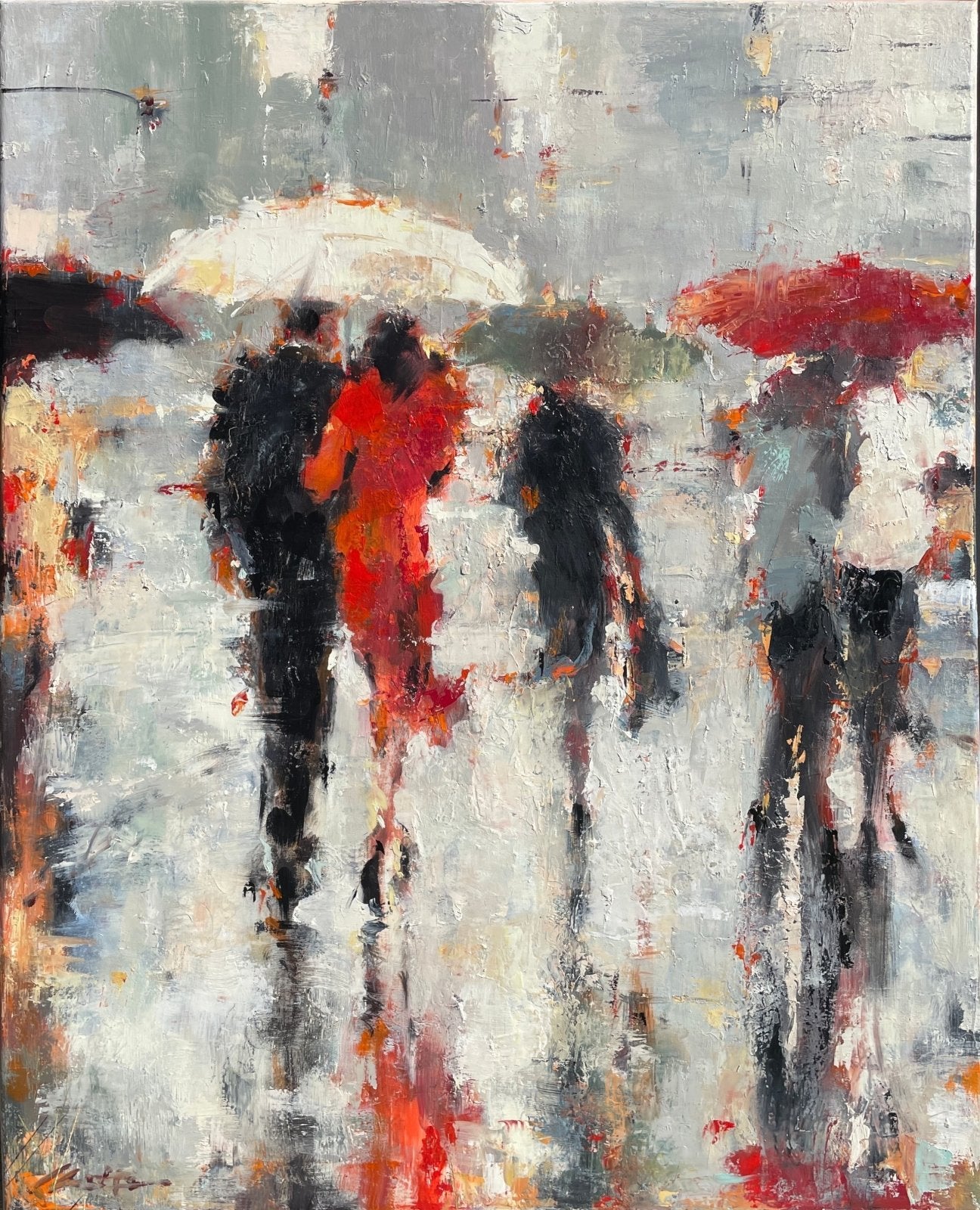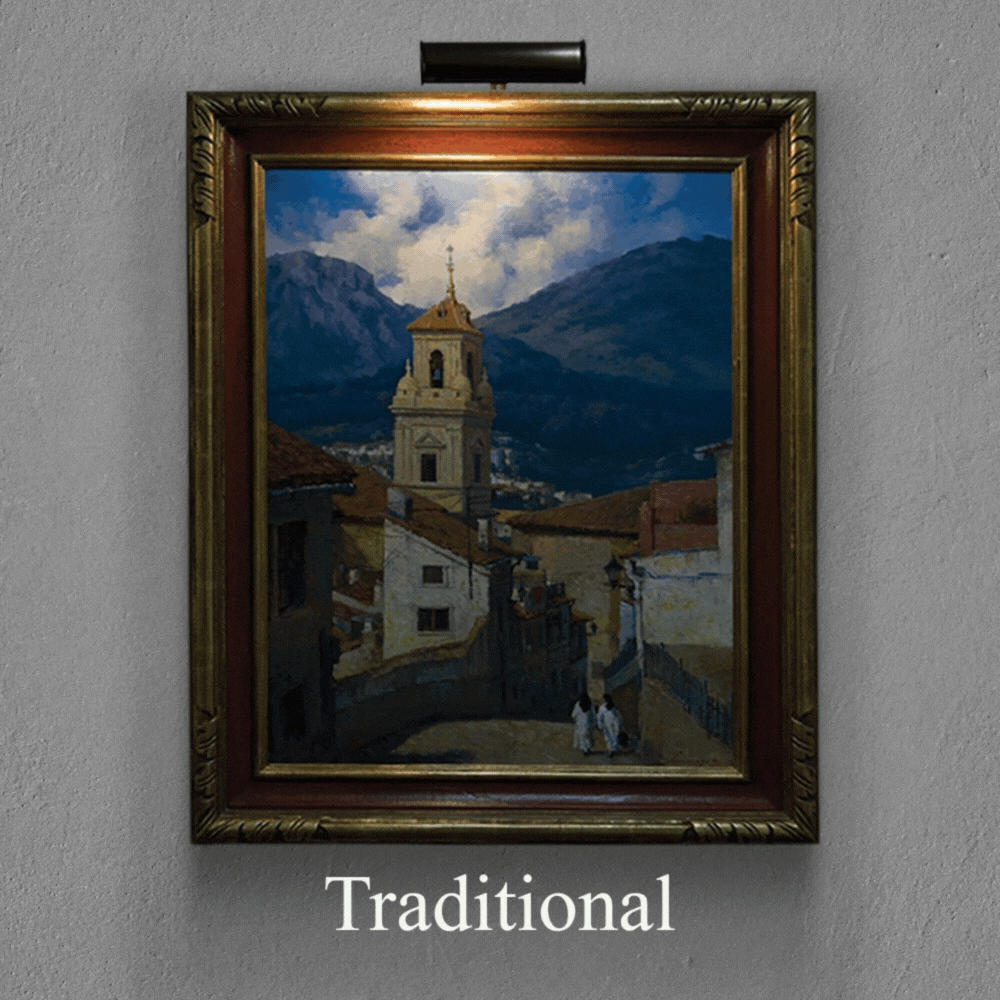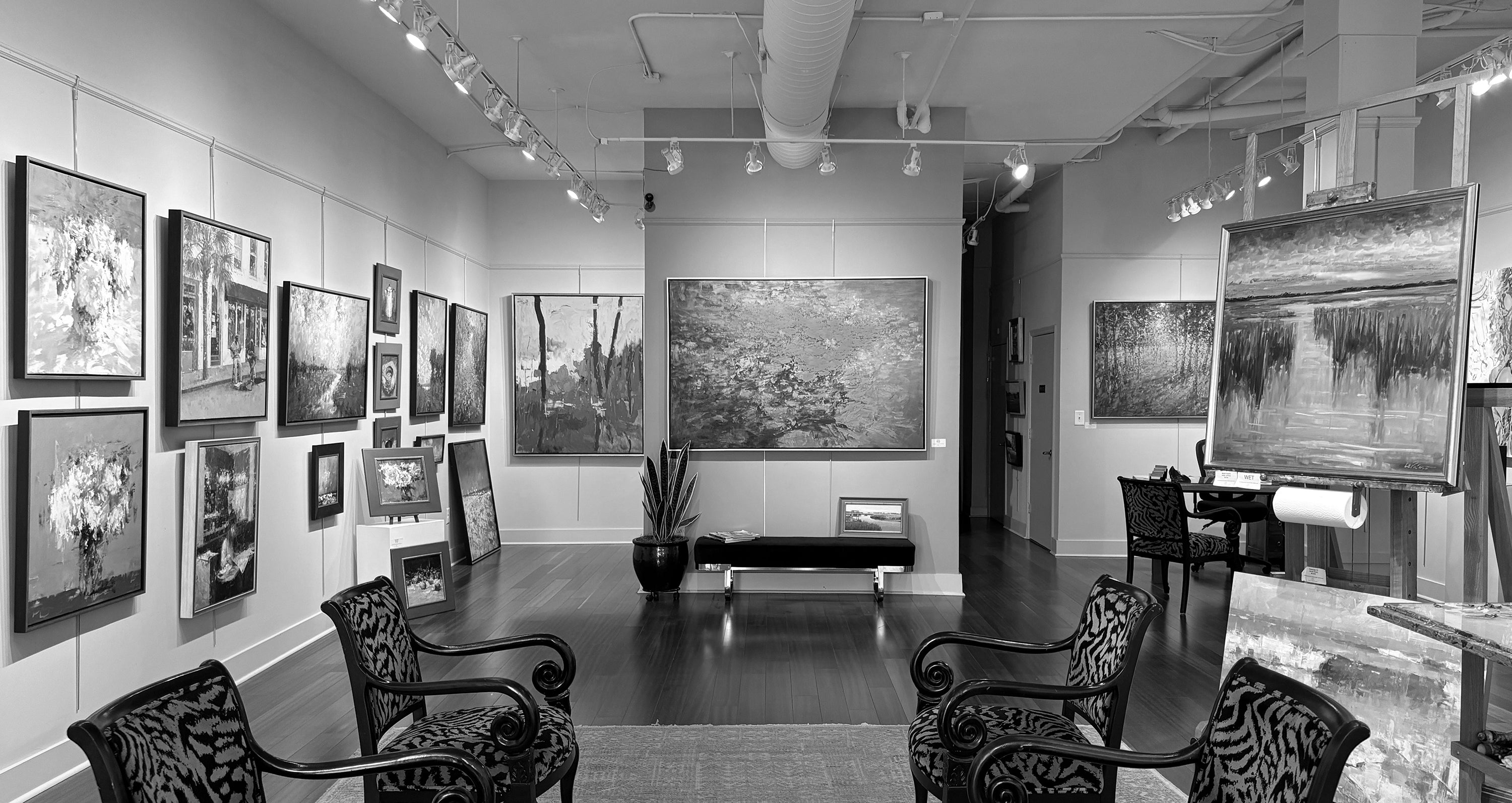2025 Artwalk Calander
07
Feb

Amy Dixon
- 5PM
07
Mar
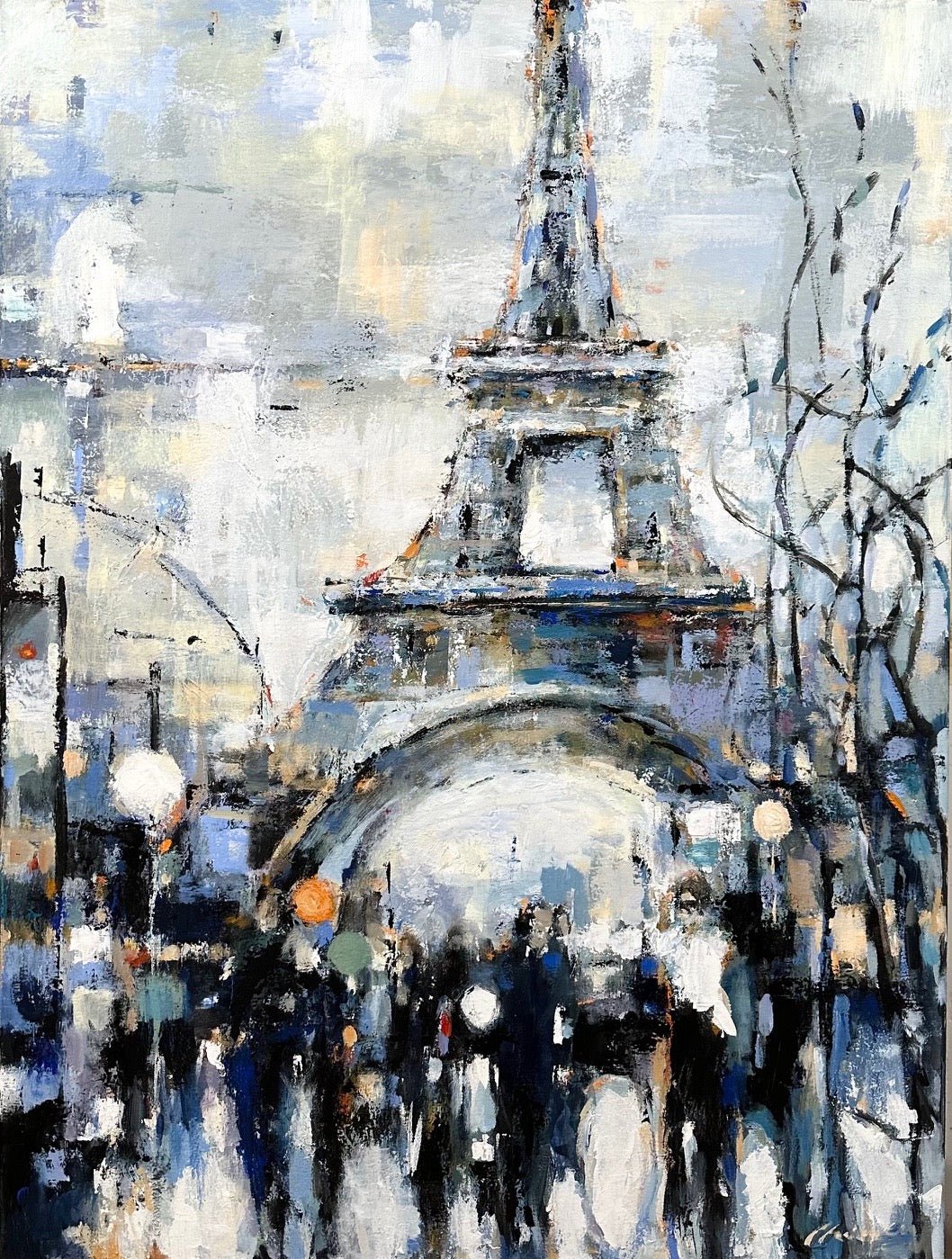
Lorraine Christie
- 5PM
04
Apr
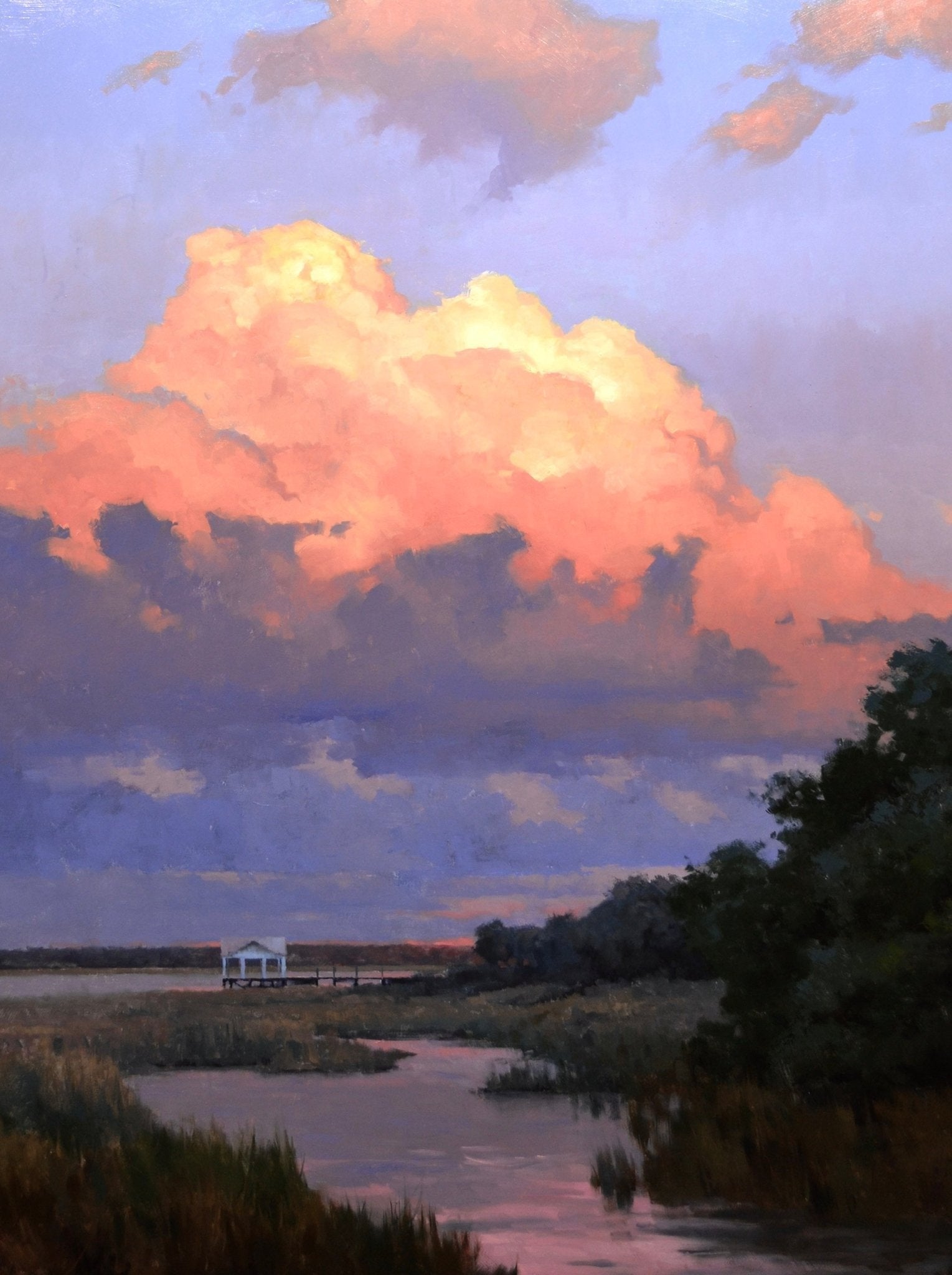
Marc Anderson
- 5PM
04
Apr
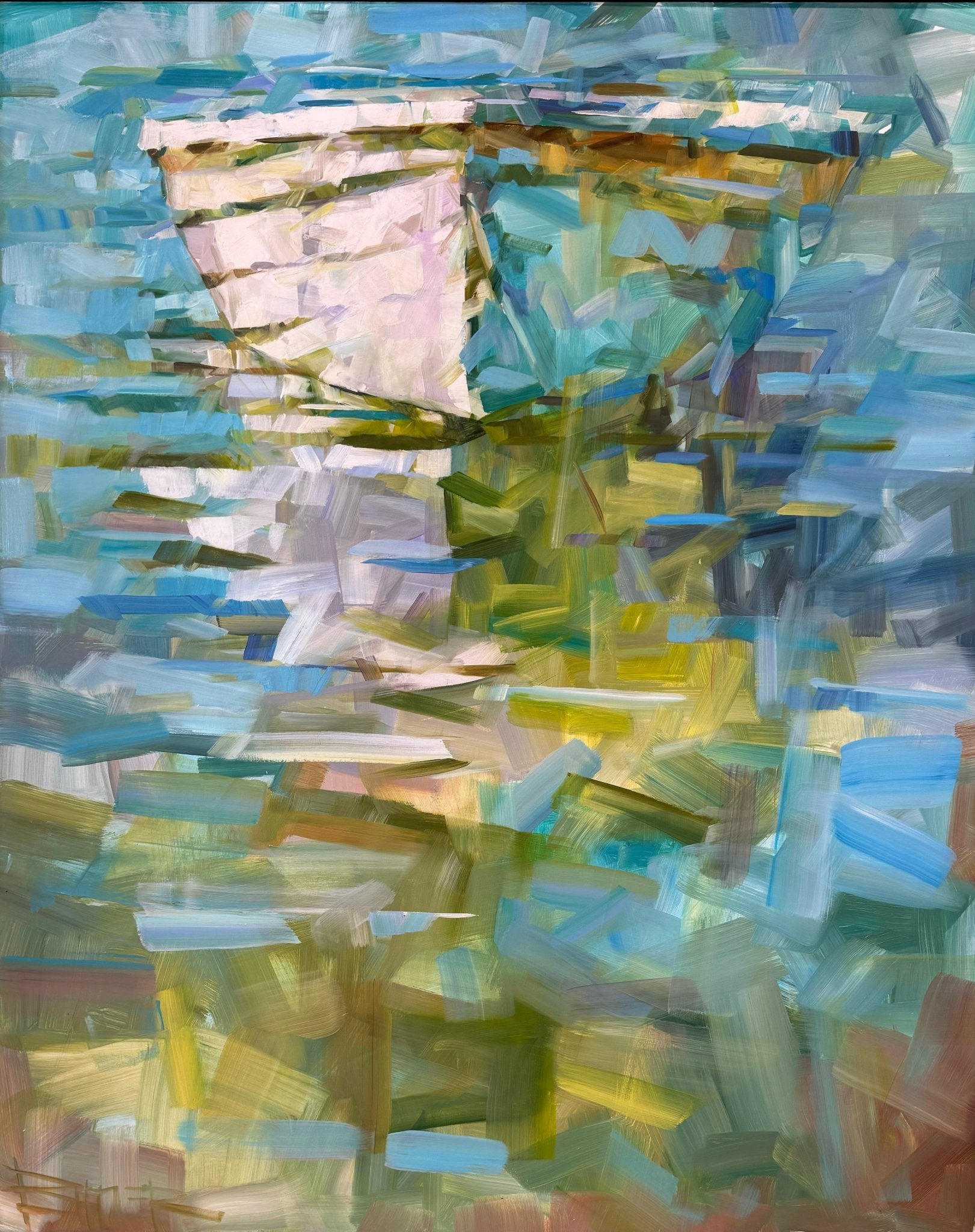
Curt Butler
(tentative)
- 5PM
08
May
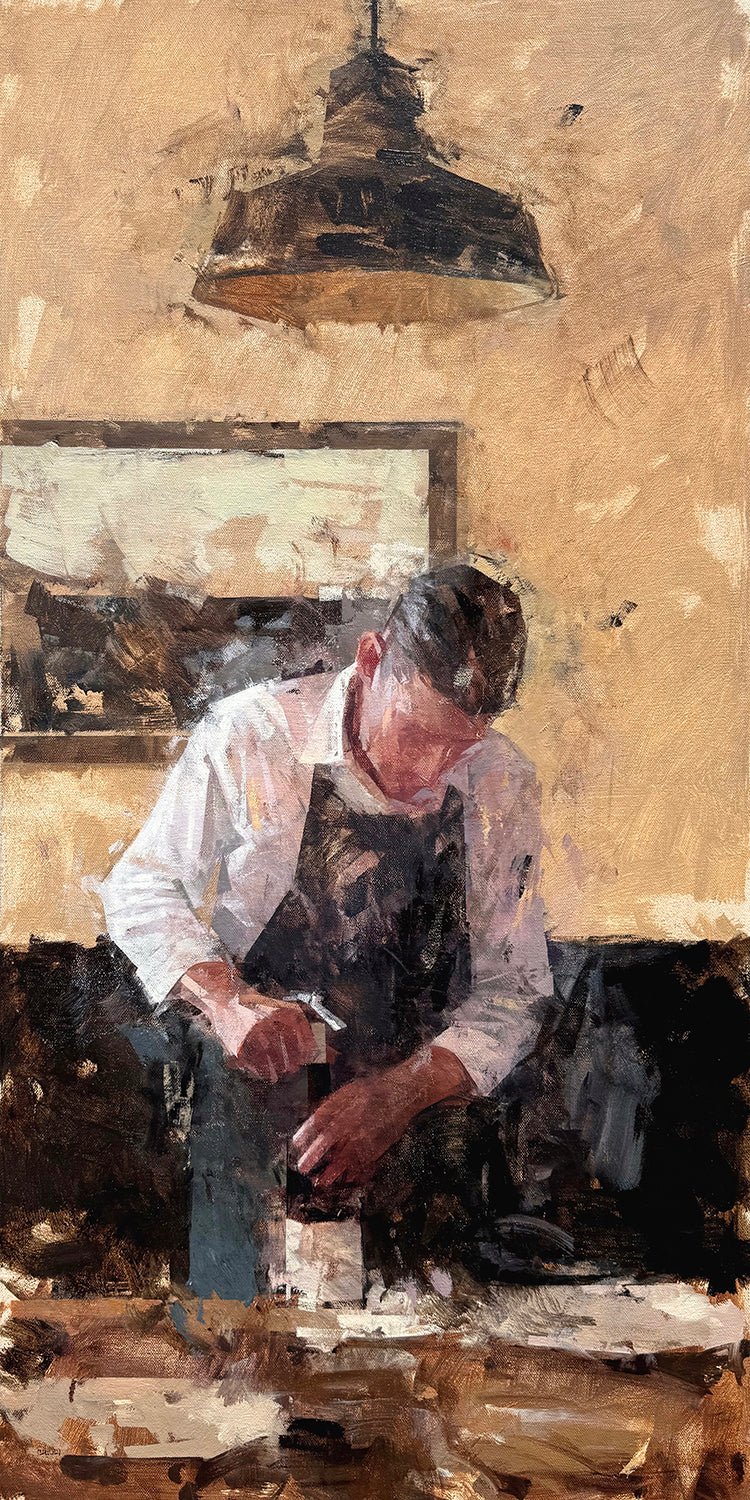
Mark Bailey
- 5-8PM
05
Jun
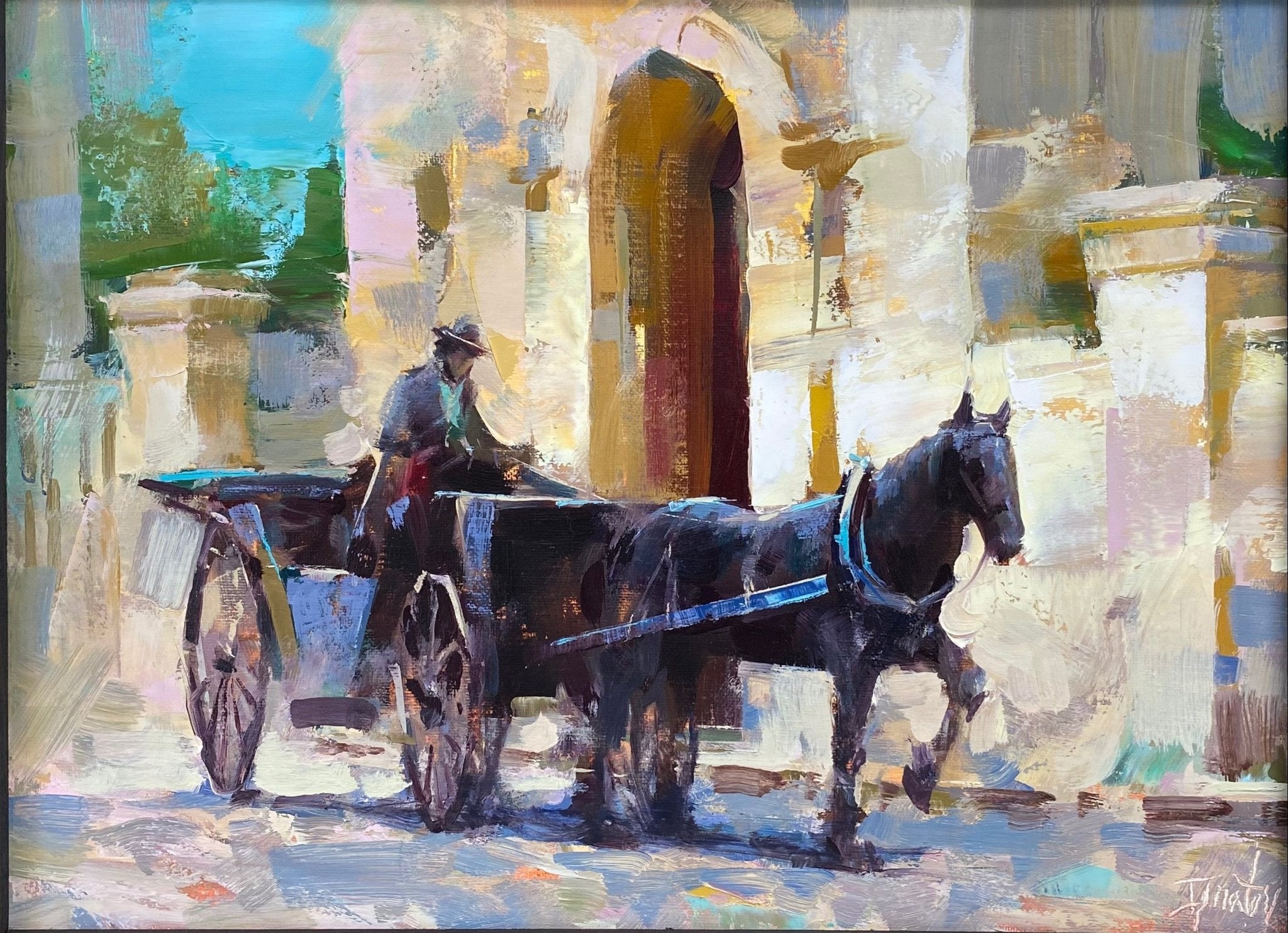
Ignat Ignatov
- 5PM
07
Aug
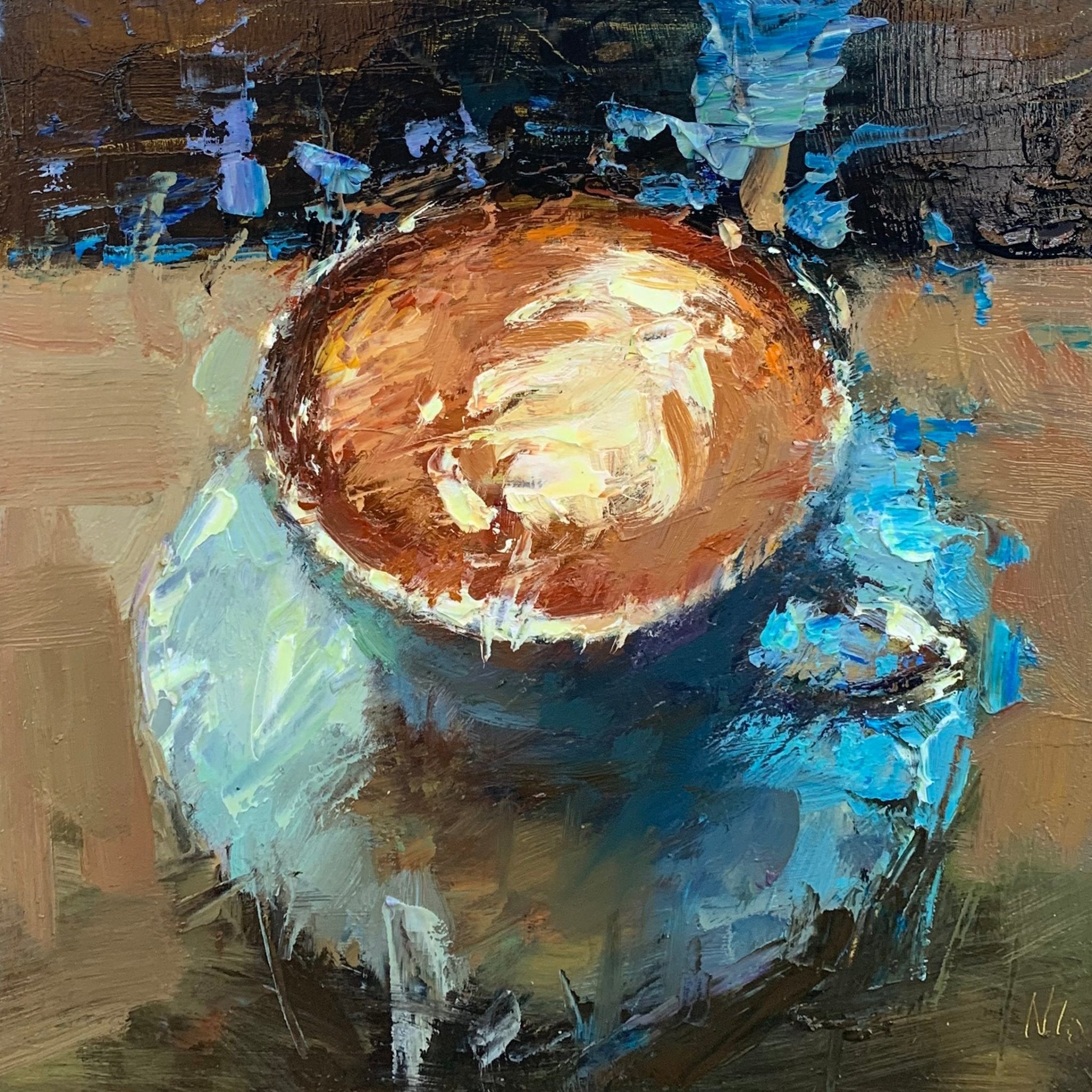
Ning Lee
- 5PM
04
Sep
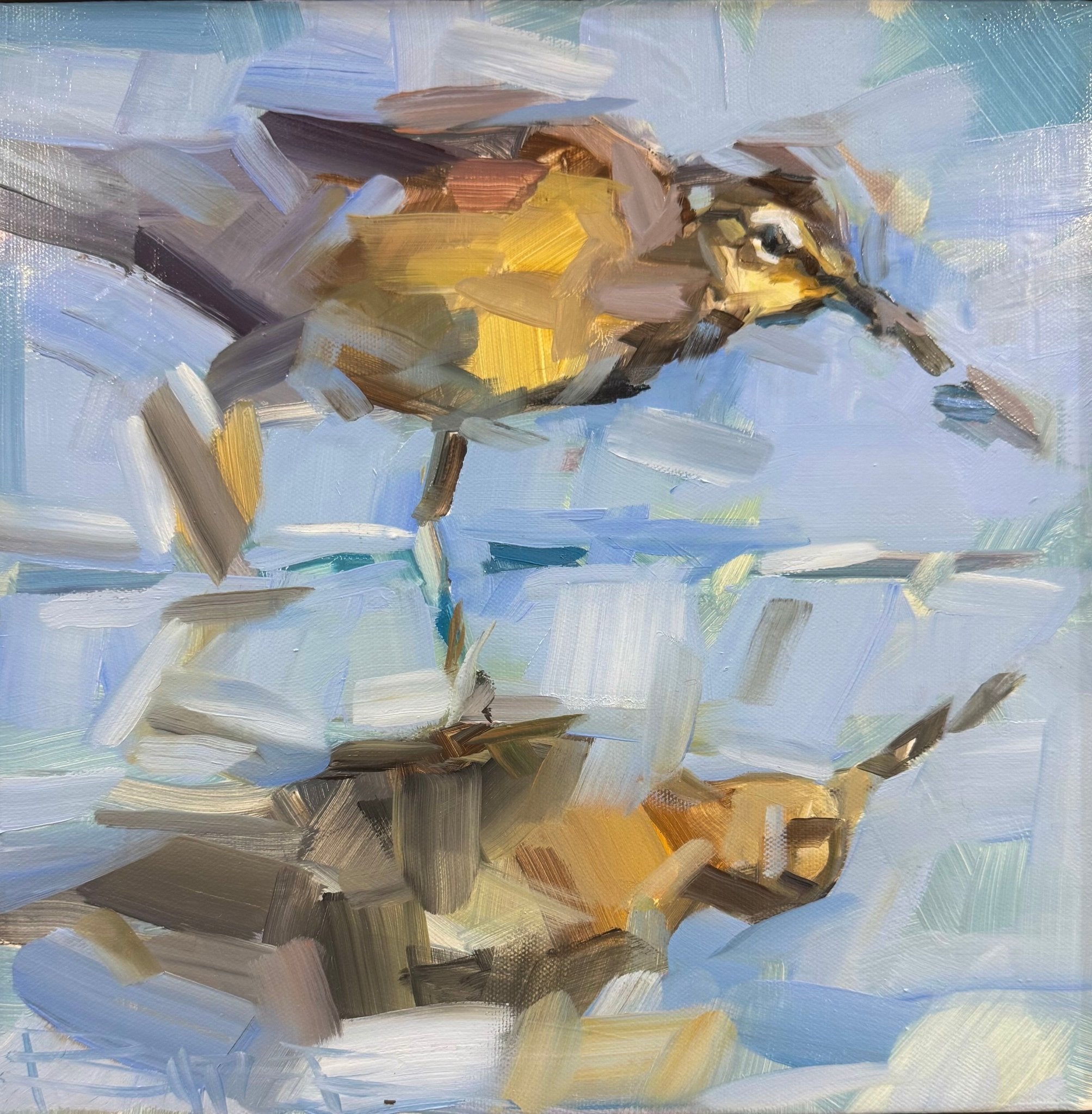
Curt Butler
(tentative)
- 5PM
02
Oct
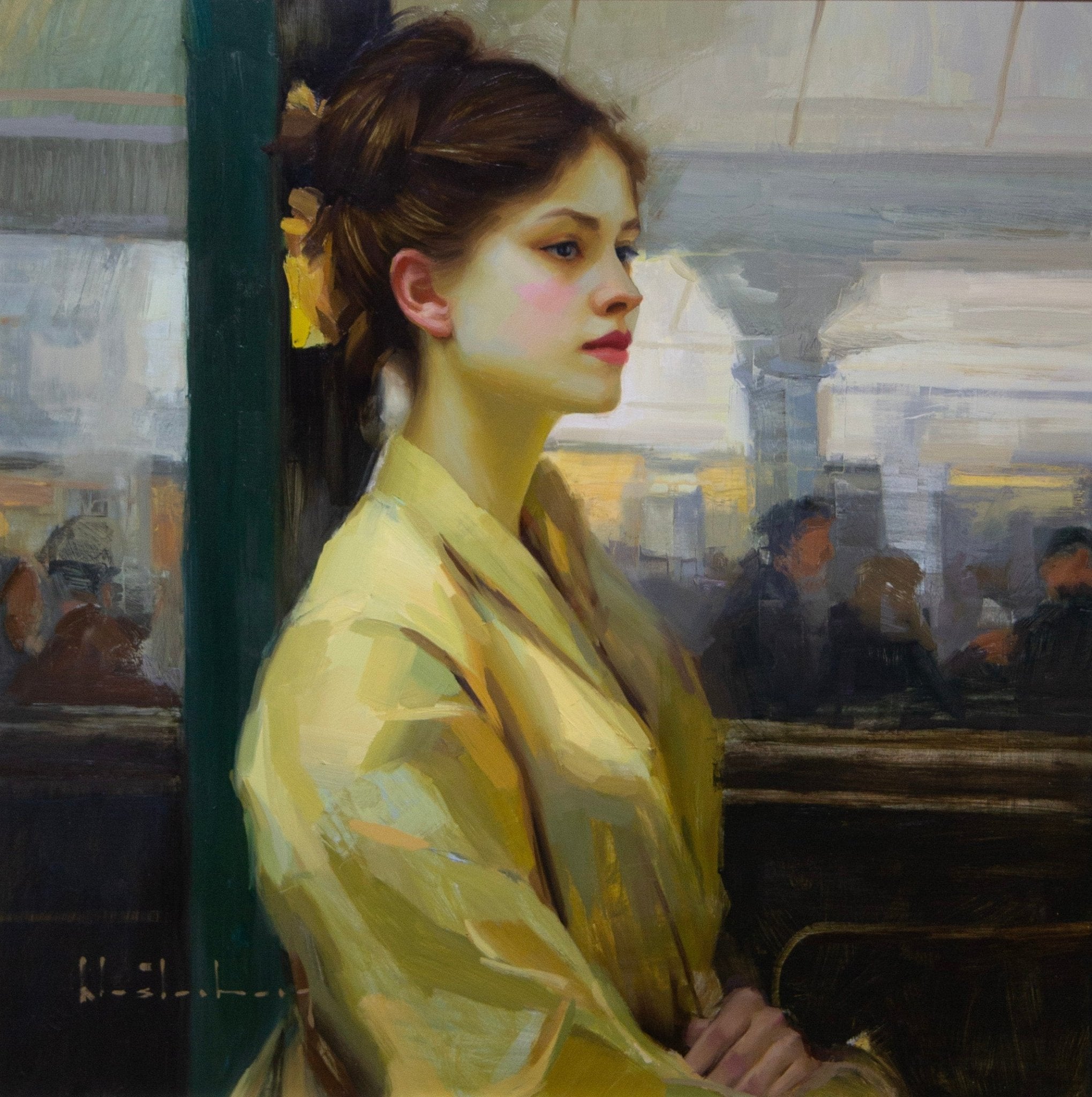
Aaron Westerberg
(tentative)
- 5PM
06
Nov
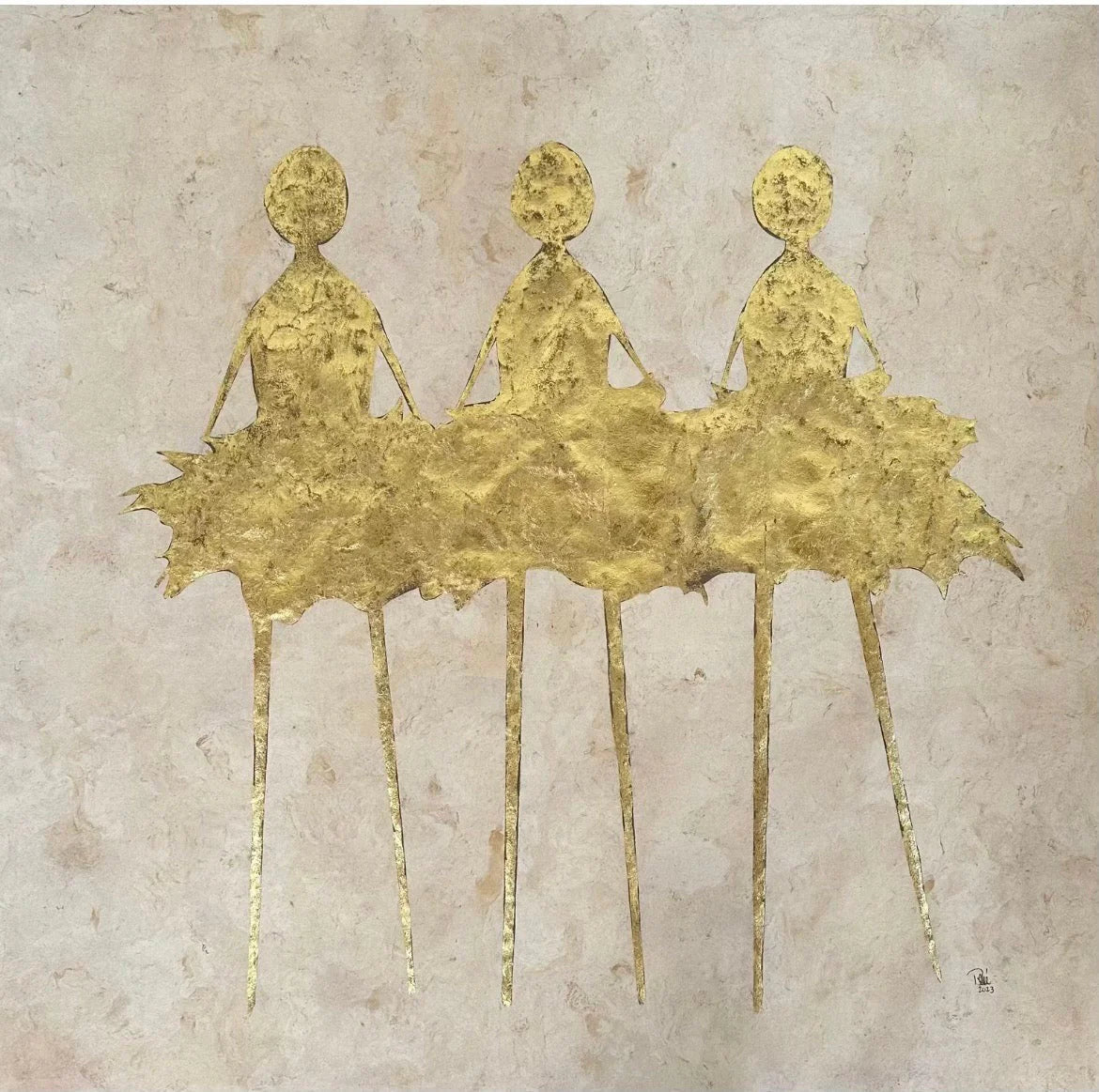
René Romero Schuler
(tentative)
- 5PM
04
Dec

Ignat Ignatov
(tentative)
- 5PM
05
Dec
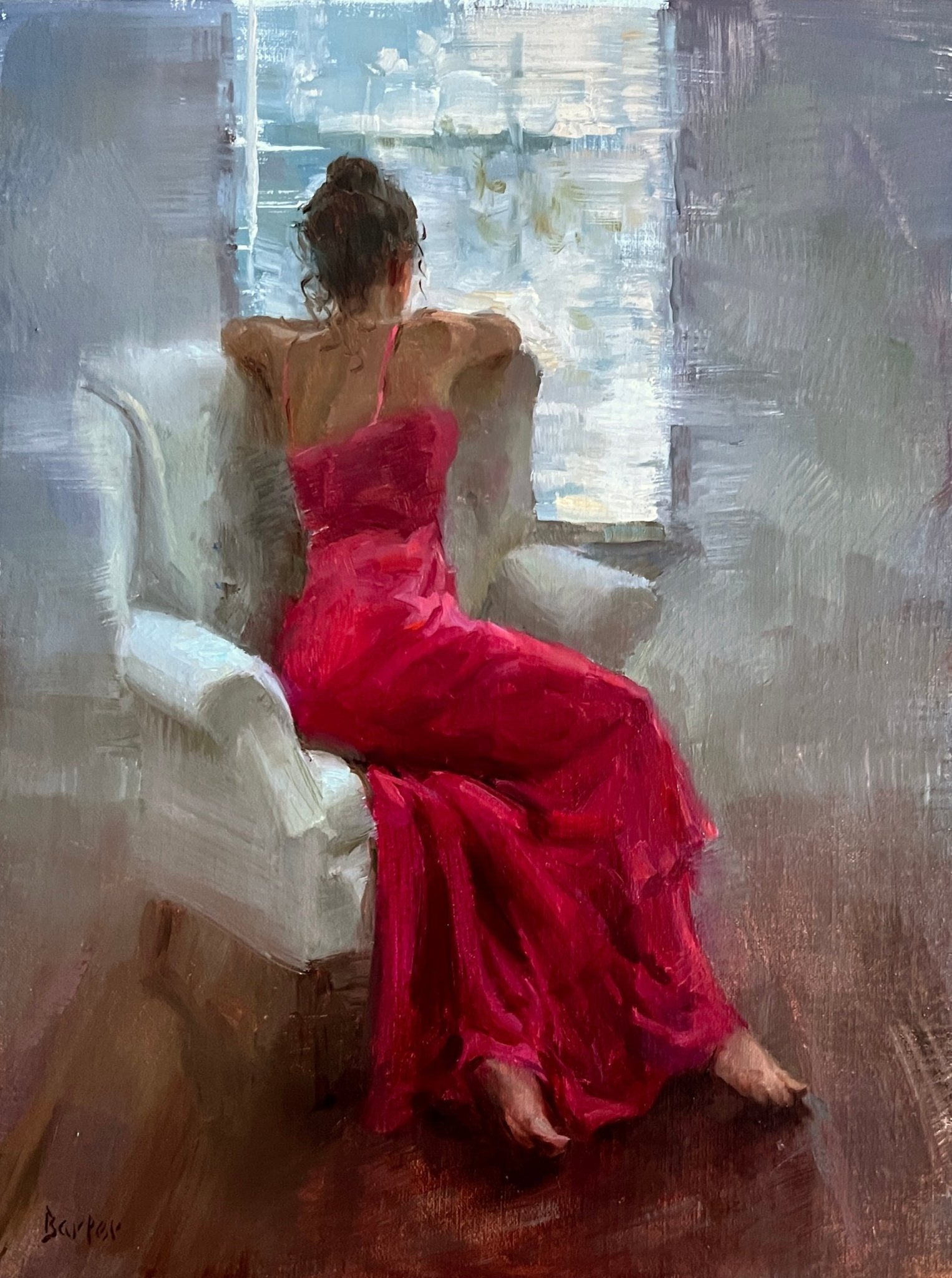
Stacy Barter
(tentative)
- 10AM


